
Bird nests might look peaceful, but inside, it’s a high-stakes countdown to launch. Some chicks take their sweet time, others practically sprint out. It turns out that “empty nest syndrome” isn’t just for humans. Curious how long baby birds really stick around? Let’s peek inside.
Hummingbirds Leave The Nest In Just 18–22 Days

Hummingbirds typically leave the nest between 18 and 22 days, a very brief period compared to other birds. Their compact roost measure about the size of a walnut shell. Wings develop quickly, allowing them to hover right after fledging. So, chicks remain alone during maternal foraging and receive no feeding after leaving the nest.
Bald Eagles Take Up To 3 Months To Fledge
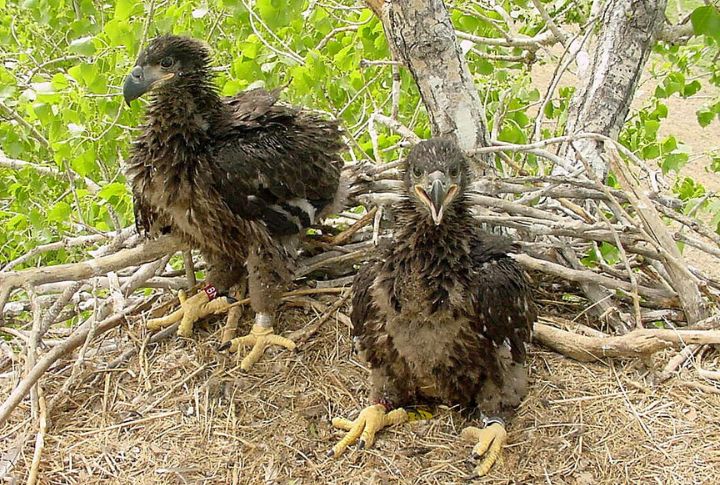
Eaglets stay in the nest for 10–12 weeks before their first flight. Full adult size is reached inside the nest, though dependence continues. Both parents bring food and teach feeding hierarchy and hunting by example. Nests can be 13 feet deep and reused yearly while fledging happens gradually through wing flapping practice.
Robins Fly Off Just 13–16 Days After Hatching

Just 13–16 days after hatching, robins leave the nest, which makes them some of the fastest fliers in temperate zones. Born helpless, these nestlings grow quickly with a diet rich in earthworms. After fledging, robins spend about two weeks on the ground. Also, nearby nests usually appear when feeding continues.
Albatross Chicks Stay In The Nest For Over 200 Days
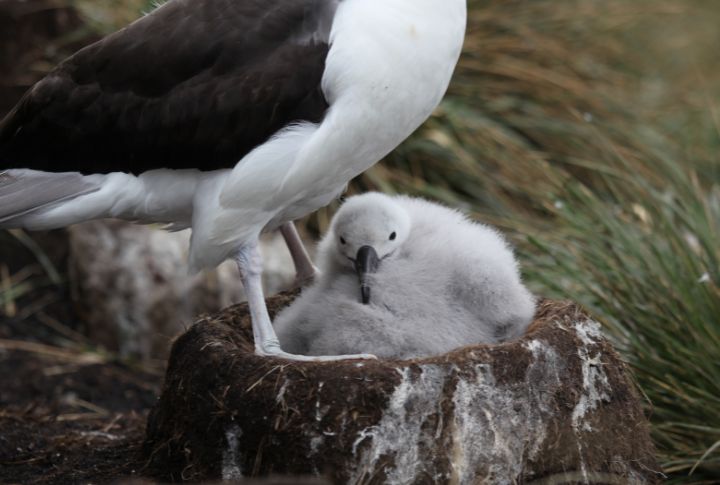
Spending over 200 days in the nest, albatross chicks have one of the longest stays among birds. Growth happens slowly because feedings are far apart. These chicks settle in exposed nests on windy cliffs as parents fly thousands of miles searching for food, and breeding starts only after seven years or more.
Pigeons Fledge In 18–30 Days, Hidden From View

Pigeons raise their squabs in secluded nests located in attics, bridges, or window ledges. Both parents feed the chicks crop milk, and pigeons don’t show clear signs of fledgling. Between 18 and 30 days later, squabs emerge, looking fully grown, ready for life beyond the nest.
Parrotlets Stay In The Nest For 30 – 35 Days
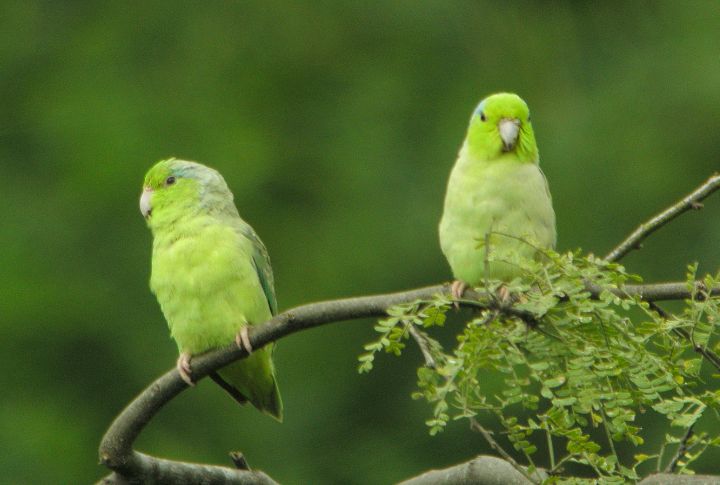
For about 4 to 5 weeks, parrotlet chicks stay snug in cozy nest cavities like tree holes or hollow branches. Even before leaving, they start mimicking sounds. Sibling rivalry can get fierce, with biting and loud screeches, but caring parrotlet parents gently restore peace using soft beak taps to calm their noisy little family.
House Sparrows Fledge In 14–17 Days And Quickly Reproduce

Ever wonder how quickly house sparrows grow up? They fledge 14 to 17 days after hatching, often from nests located in boxes or on building eaves. During this time, males fiercely defend the nest. Parents keep feeding their fledglings a seed-based diet, and within two to three months, the sparrows are ready to breed again!
Owlets Take 6–9 Weeks Before Their First Real Flight
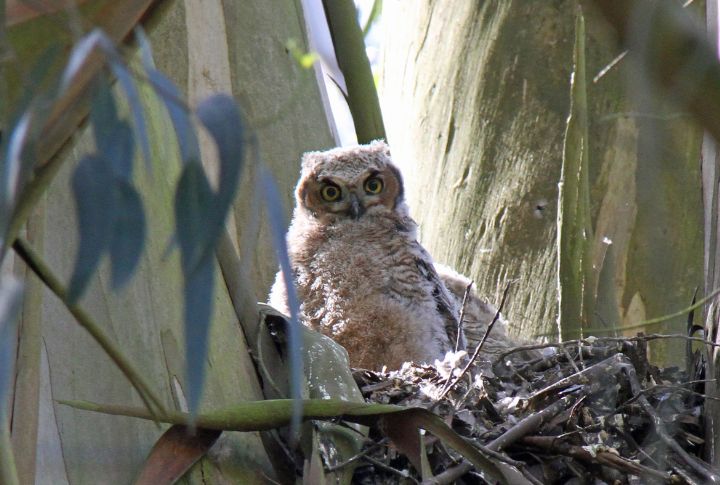
Great horned owlets spend 6 to 9 weeks gaining strength by climbing branches before flying. Silent nighttime hunts from parents keep them fed. Choosing abandoned hawk nests or tree cavities as homes, these fledglings hiss and click when threatened. Even after that, siblings stay together, showcasing loyalty and resilience.
Swallows Fledge In 18–23 Days And Fly Instantly
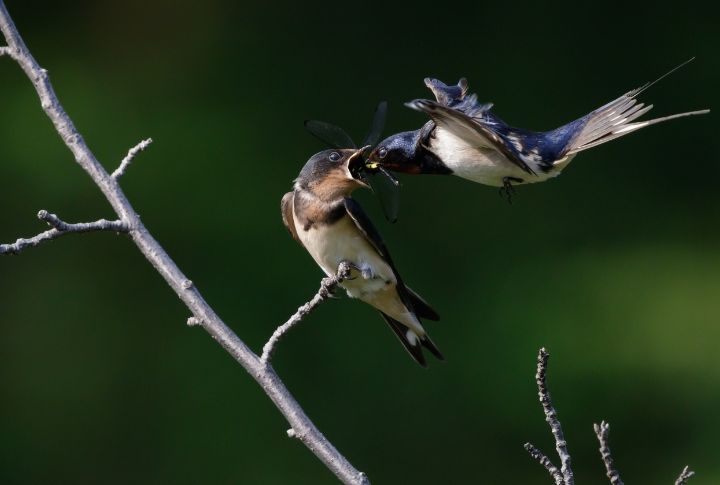
At just 18–23 days old, swallows take their first flight—and nail it. No wobbling, no warm-up. They’re instantly airborne, catching insects mid-air like pros. While they might revisit the nest briefly, migration comes soon after. Fast learners? That’s putting it lightly.
Woodpeckers Stay In Tree Cavities For 20 – 30 Days
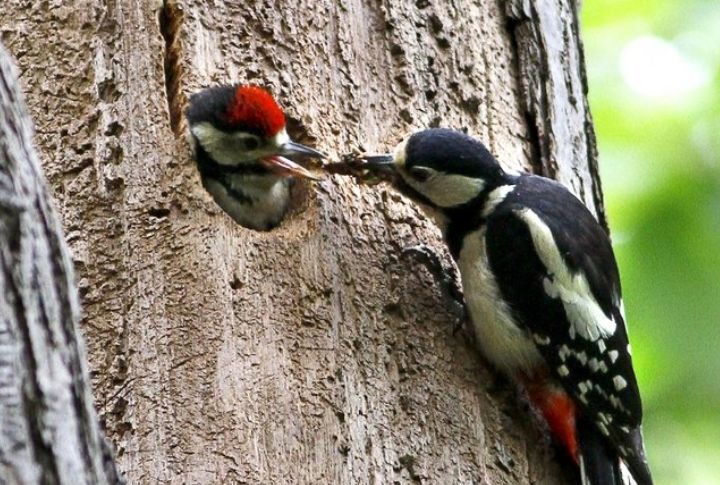
Woodpecker chicks spend about 25 to 30 days inside cozy tree cavities. Both male and female woodpeckers chip away at soft wood to carve out the nest. Hungry nestlings make loud begging calls from within. When ready, fledglings hop to nearby trunks or branches, using the safe cavity as a perfect home base

